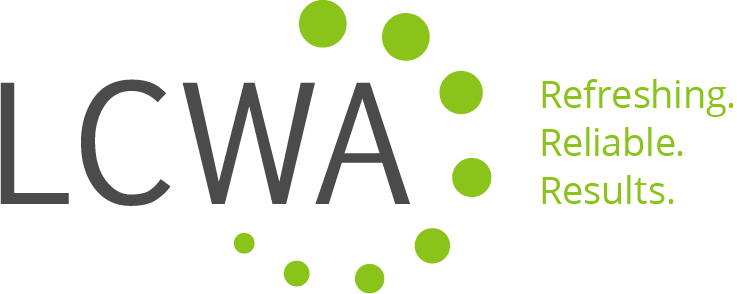From their candid discussion I gained insight into the content of their papers, the pros and challenges to the changing newspaper industry and how social media fits into their daily coverage. Here are my top three takeaways:
It’s a fact – reporters are extremely busy! E-mail messages with an attention-grabbing, noteworthy subject line continue to be the preferred method of communication. And, we of course always send news to a specific beat reporter relevant to the topic at hand. For television stories, the advised method was to call or e-mail the main assignment desk, or call the planning editor a week before an event is scheduled. As we know, it’s also a best practice to follow up with the planning editor on the day of the event.
Using Social Media as a Source
As we’ve experienced, reporters are increasingly tapping into social media – Twitter, Facebook, YouTube, etc. – as a first place to begin sourcing for a news story. These sites are mainly used for tips or up-to-the-minute trends and news alerts, but are never used as primary news sources. Since relationship building between reporters and sources is encouraged by newspapers, it was noted that policies are currently being developed to address the debate over whether reporters can “become fans” or “like” sources, products or companies. Right now, every staff member we heard from has policies in place requiring them to acknowledge they work for a paper when contacting a source through social media.
Many newspaper reporters still continue to have specific beats, but the sources noted that today’s reporters tend to overlap beats and become generalists that cover several topics. Newspaper operations also are changing to compete with the sense of immediacy required for news. For example, photographers are routinely writing stories and reporters are now carrying cameras, and user-generated content continues to grow with the ability to source video and photography from crowds.
